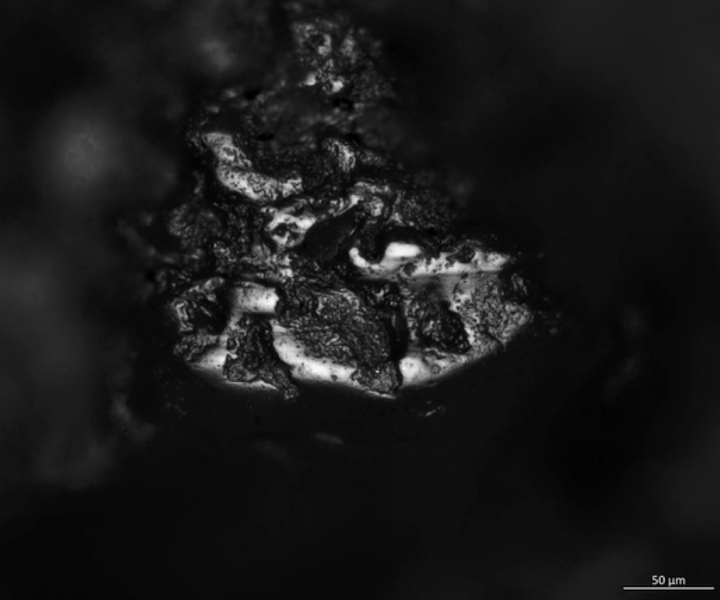Unveiling the behavioural significance of the Aterian coarse-grained lithic assemblages: Insights from use-wear analysis of Rhafas Cave, Northeast Morocco

Abstract
Recent discoveries have shown that Homo sapiens has a Pan-African origin, and North Africa has been an important region for the development and expansion of its biological and cultural traits. Early manifestations of Homo sapiens complex behaviour in North Africa are tied to the emergence of the Aterian culture around 150 ka BP. The Aterian repertoire includes stone, bone, and ivory tools, vegetal, animal and marine remains, as well as pigment and perforated shells for symbolic expressions. Within this cultural package, investigating the typo-technological variability observed in the stone tool assemblage is crucial to better understanding the emergence and development of Homo sapiens behaviour. However, the latter can only be fully reconstructed when complemented with the study of the tools’ function. Use-wear studies on Aterian lithics are very limited including coarse-grained materials despite their abundance in several Aterian sequences. This study presents the results of the use-wear analysis on the quartzite assemblage from the Aterian sequence of Rhafas cave. A use-wear experimental reference collection was created, against which the diagnostic use-wear on archaeological artefacts was compared. Sequential experiments demonstrated the dynamic performance and suitability of quartzite tools when subjected to mechanical stress during working of different materials. The analysis of the archaeological assemblage, guided by the experimental reference collection, revealed diagnostic use-wear associated with wood and bone working. In sum, our study shows the suitability, and the complementary role of quartzite tools in the technological versatility of the Aterian groups.